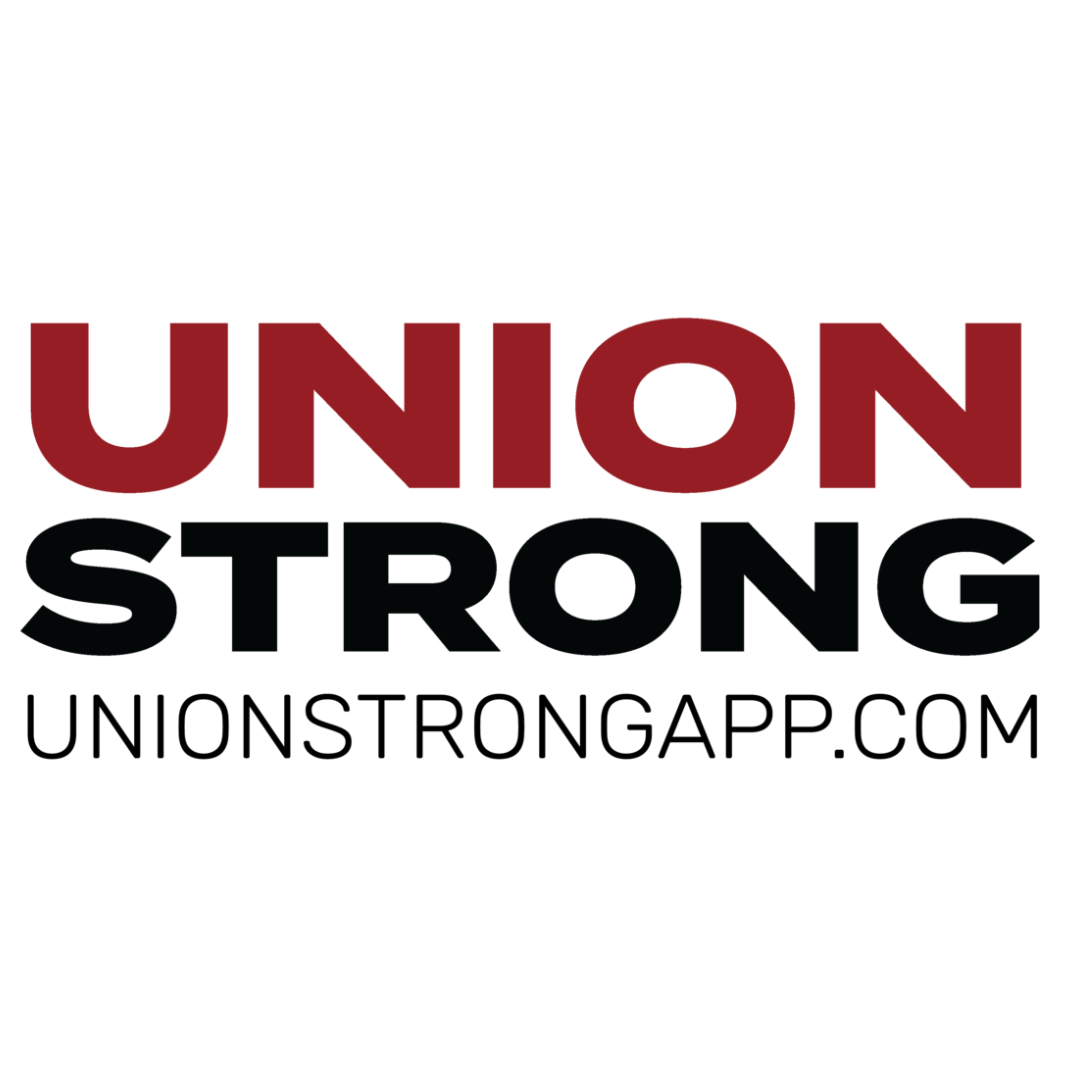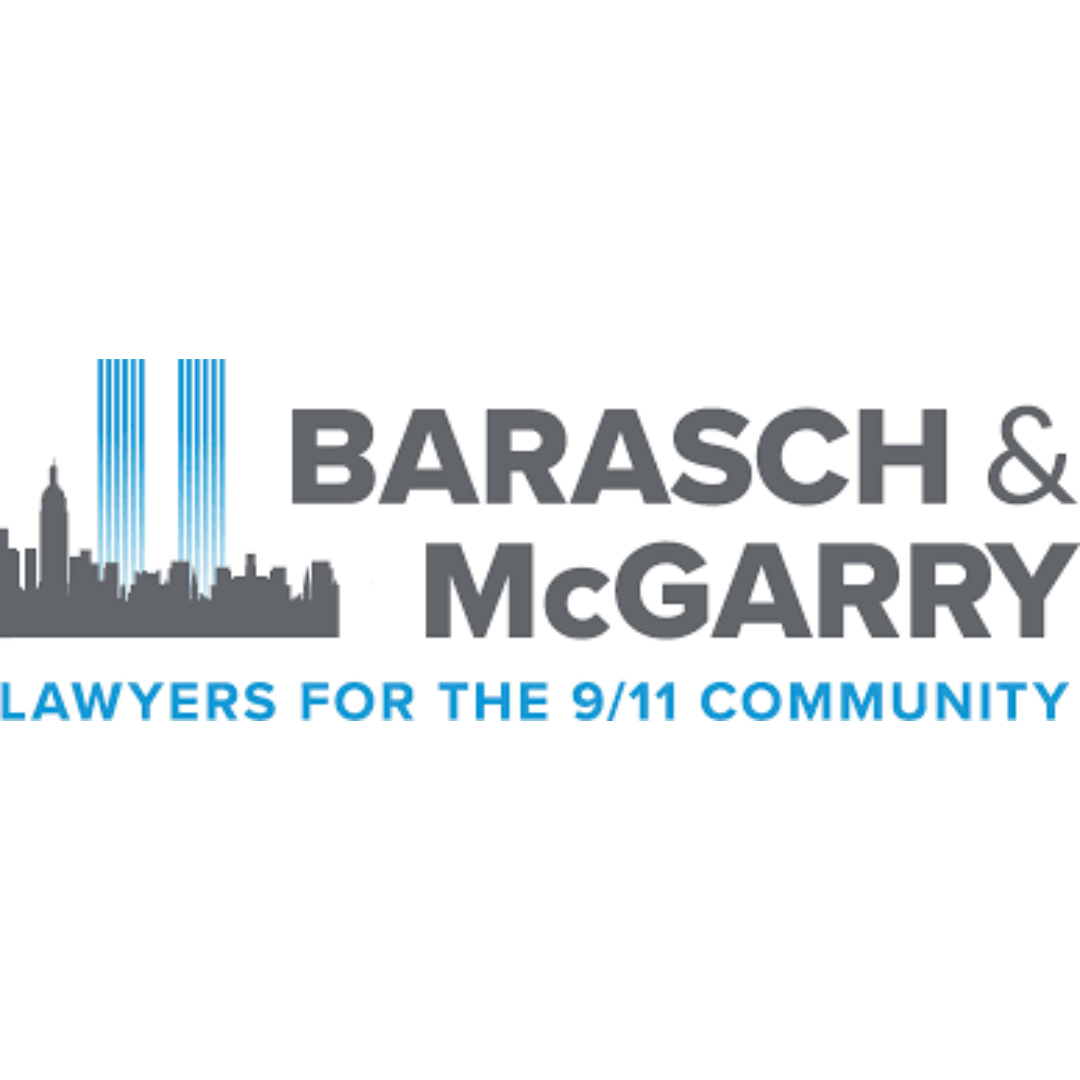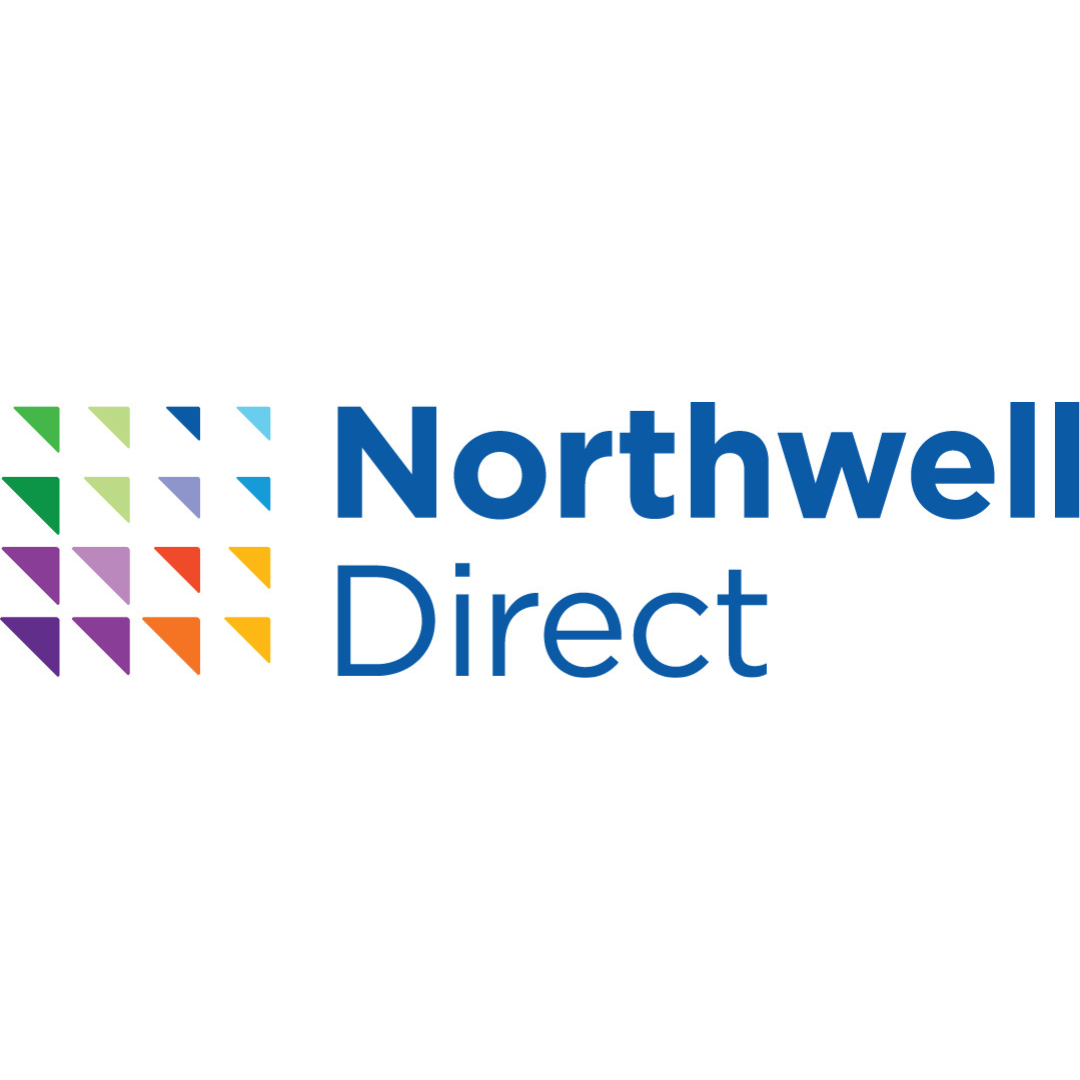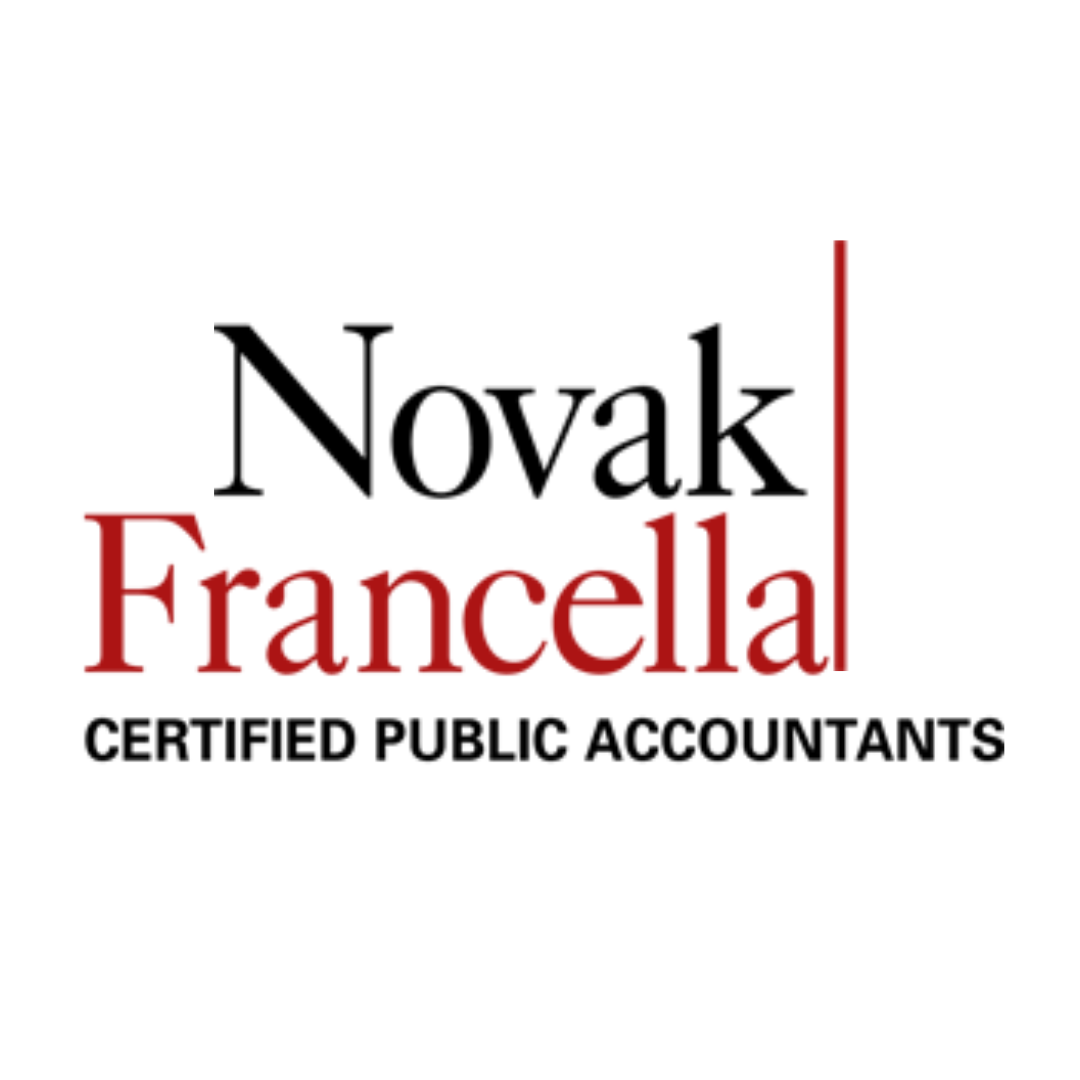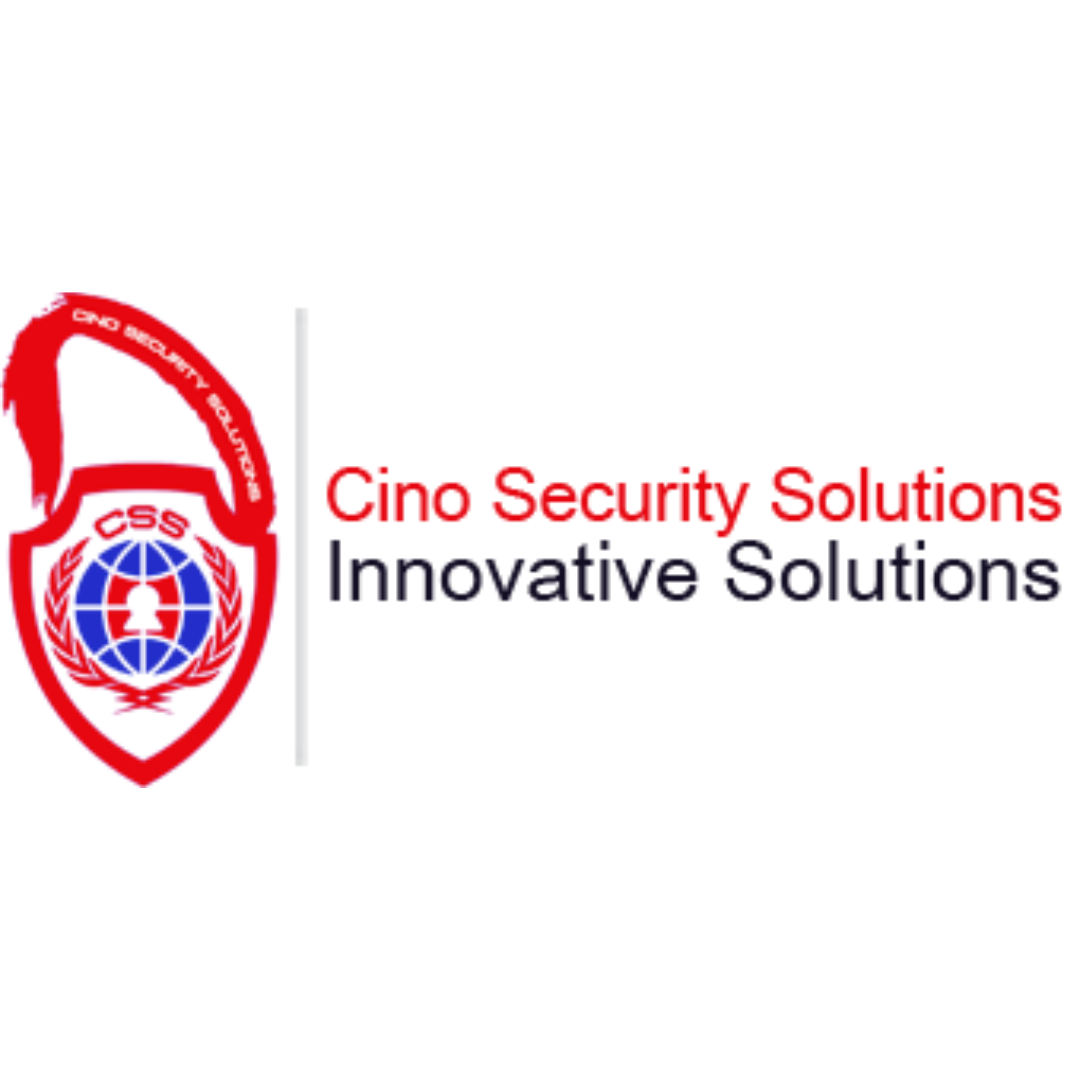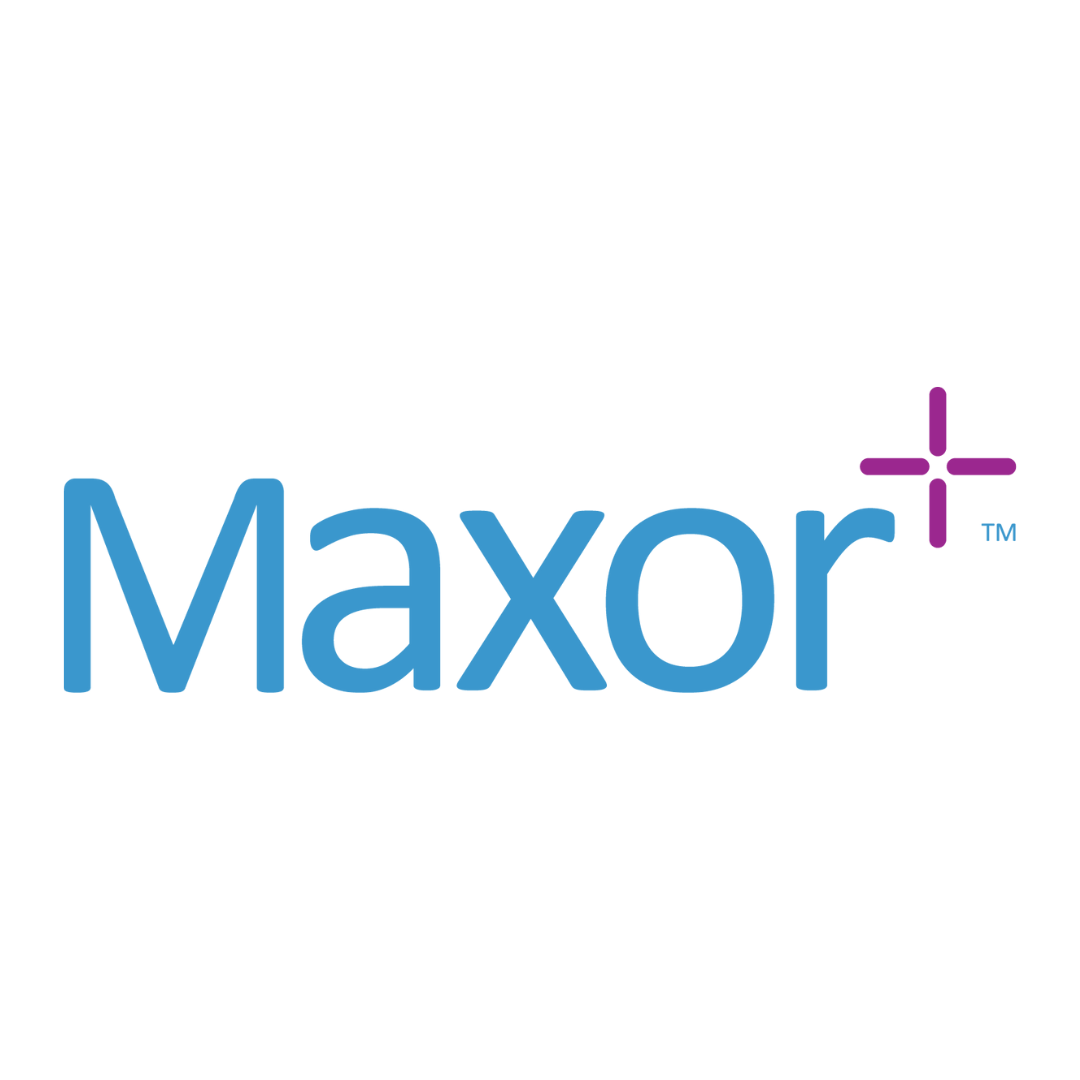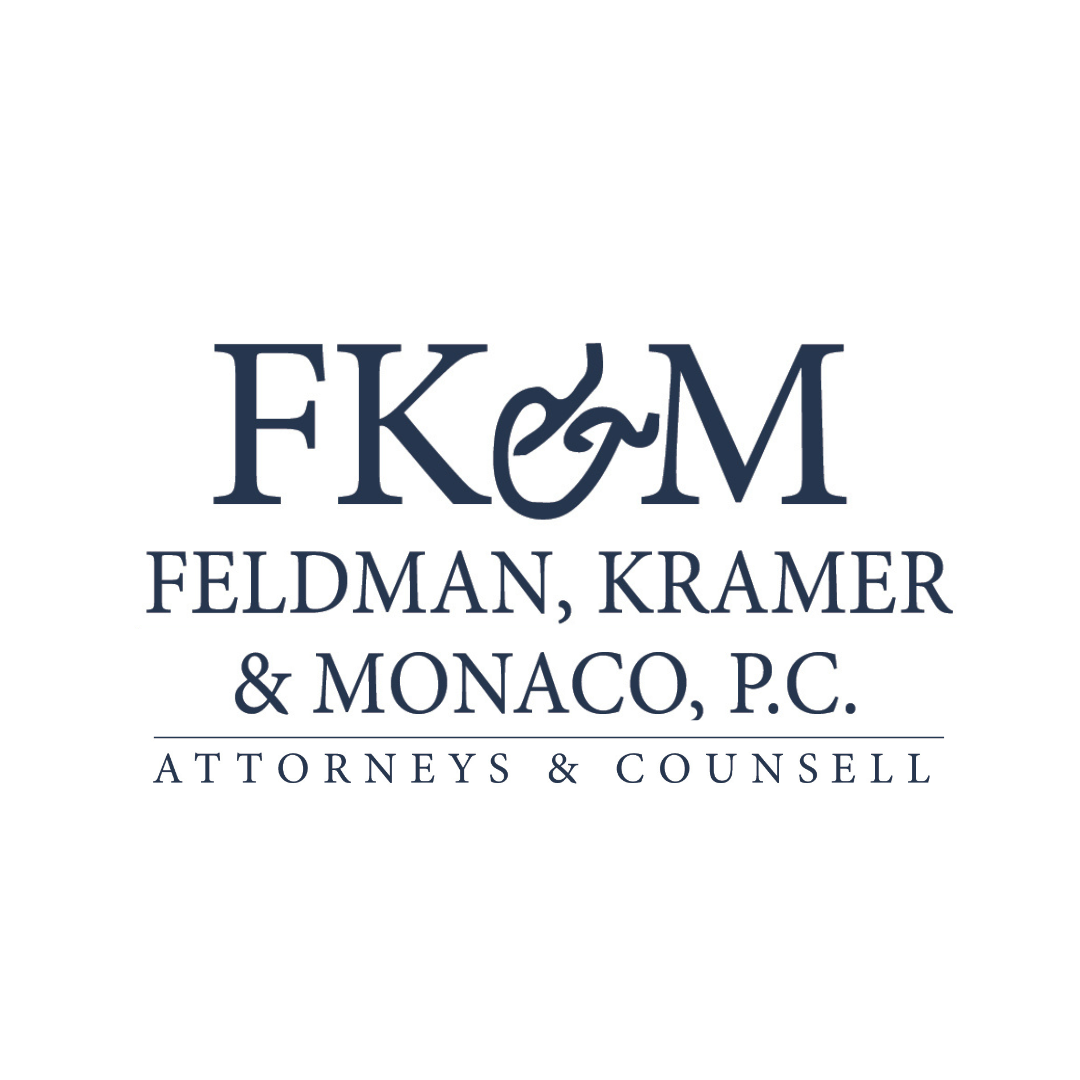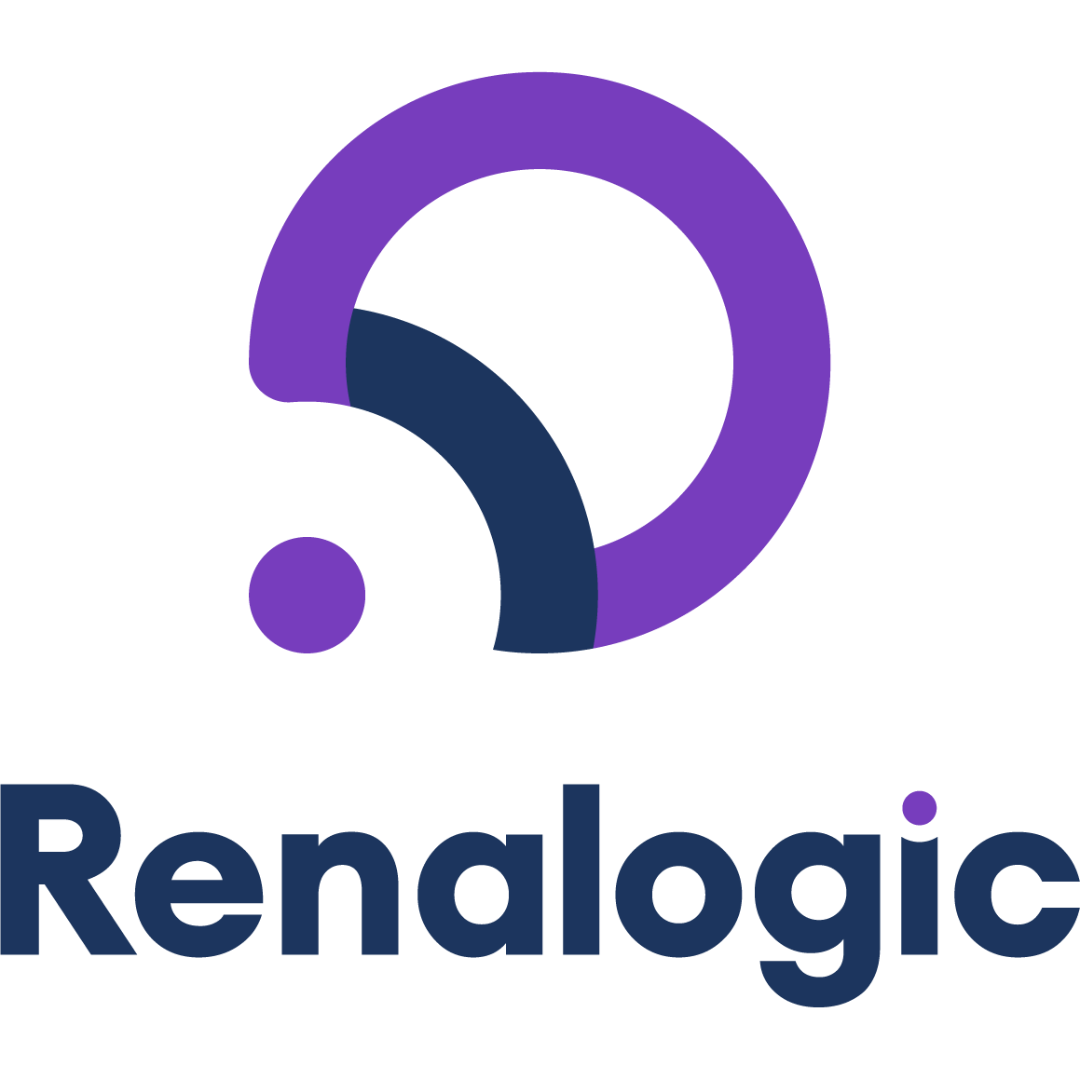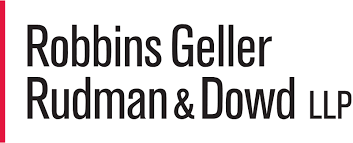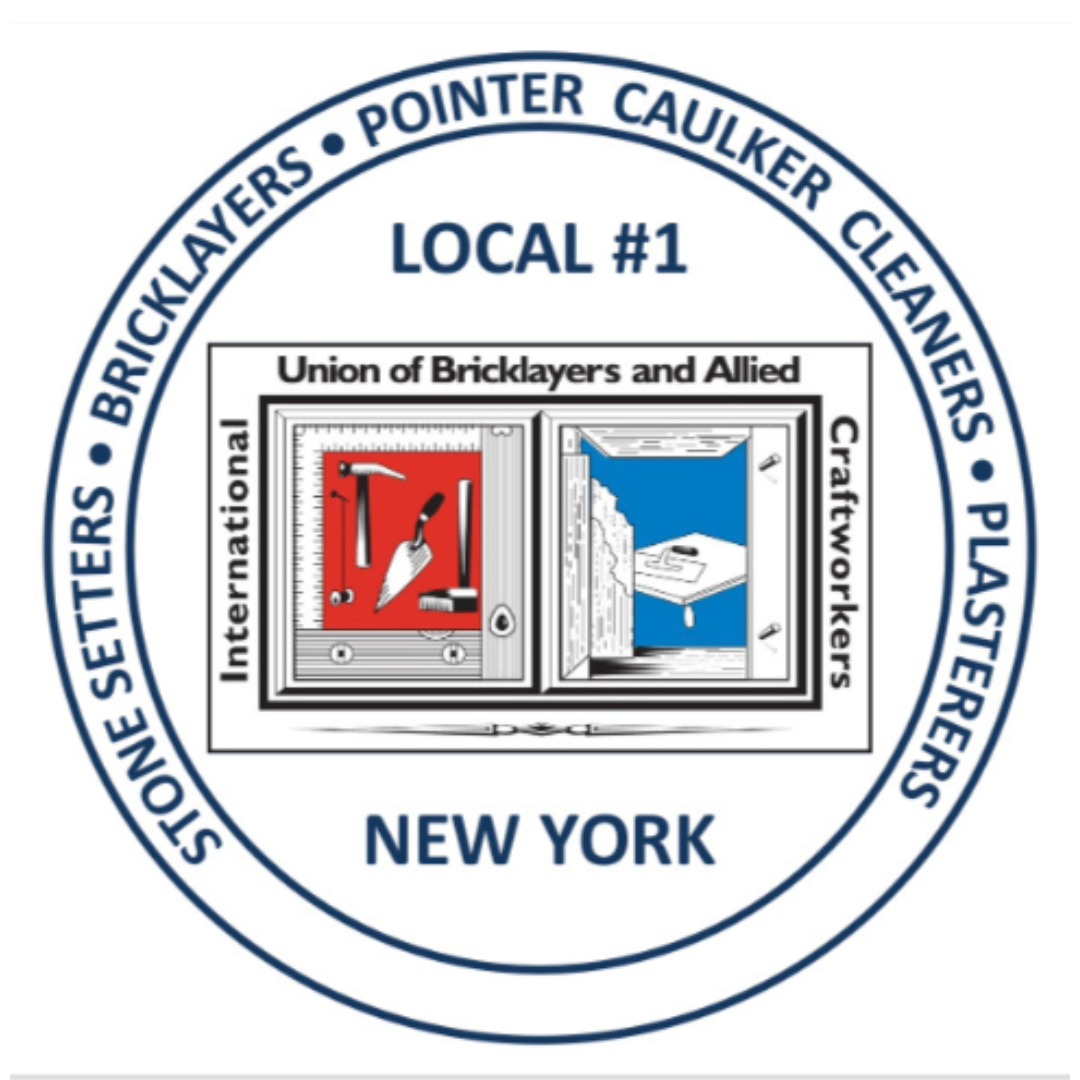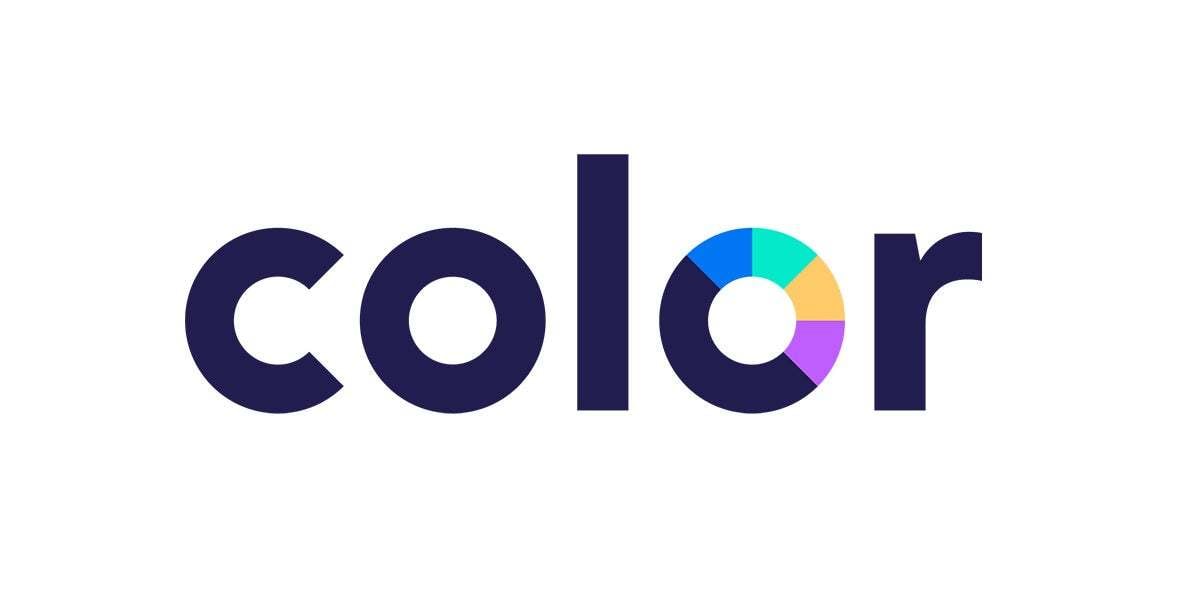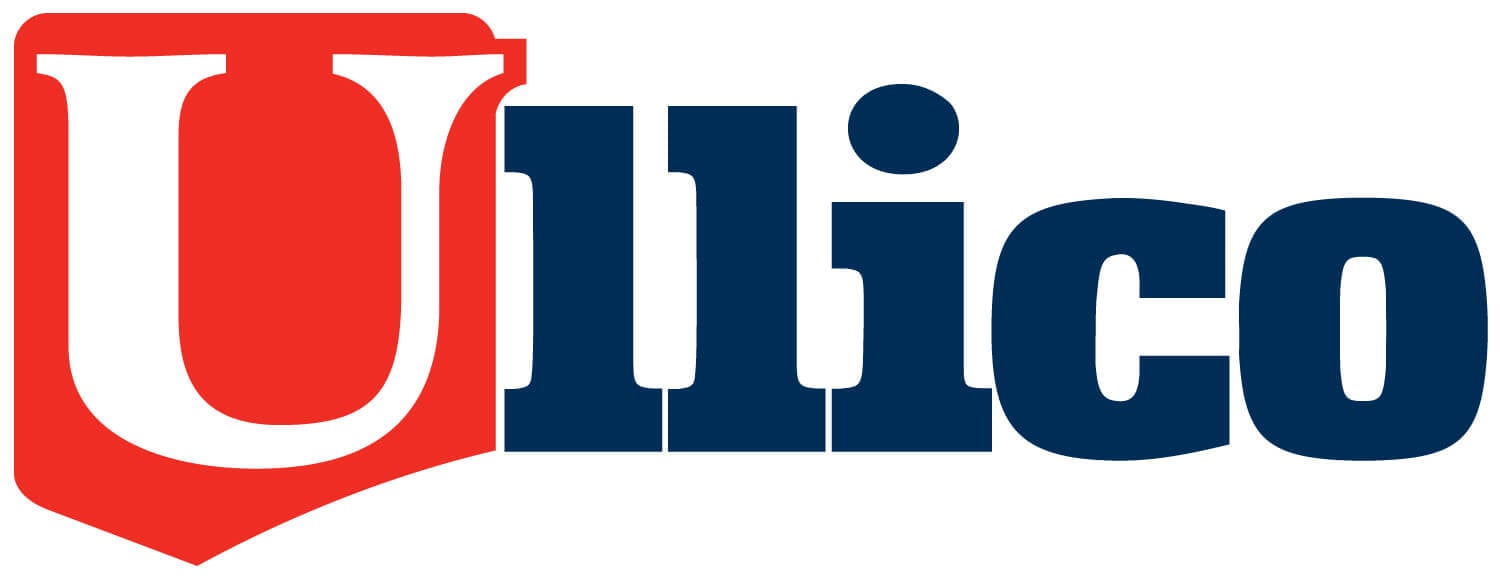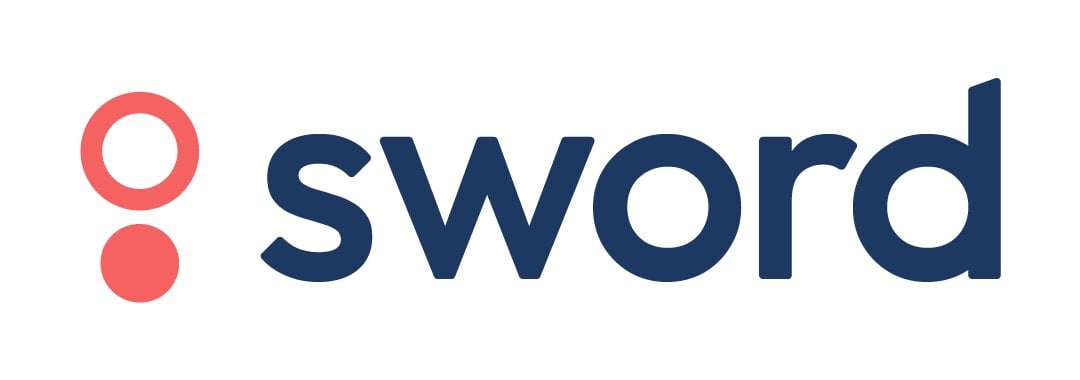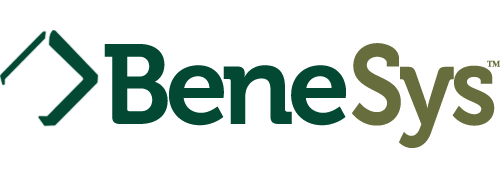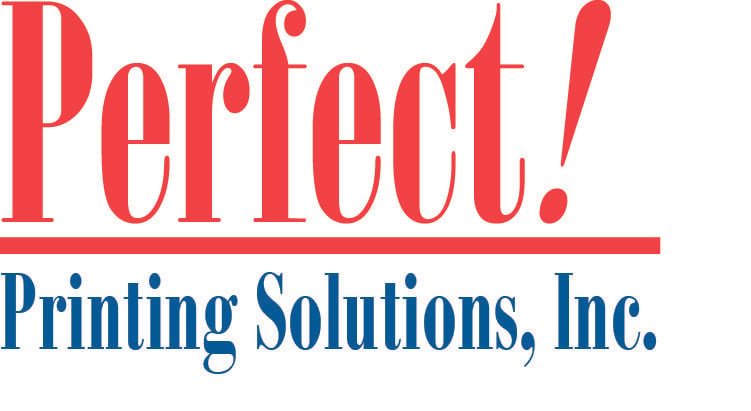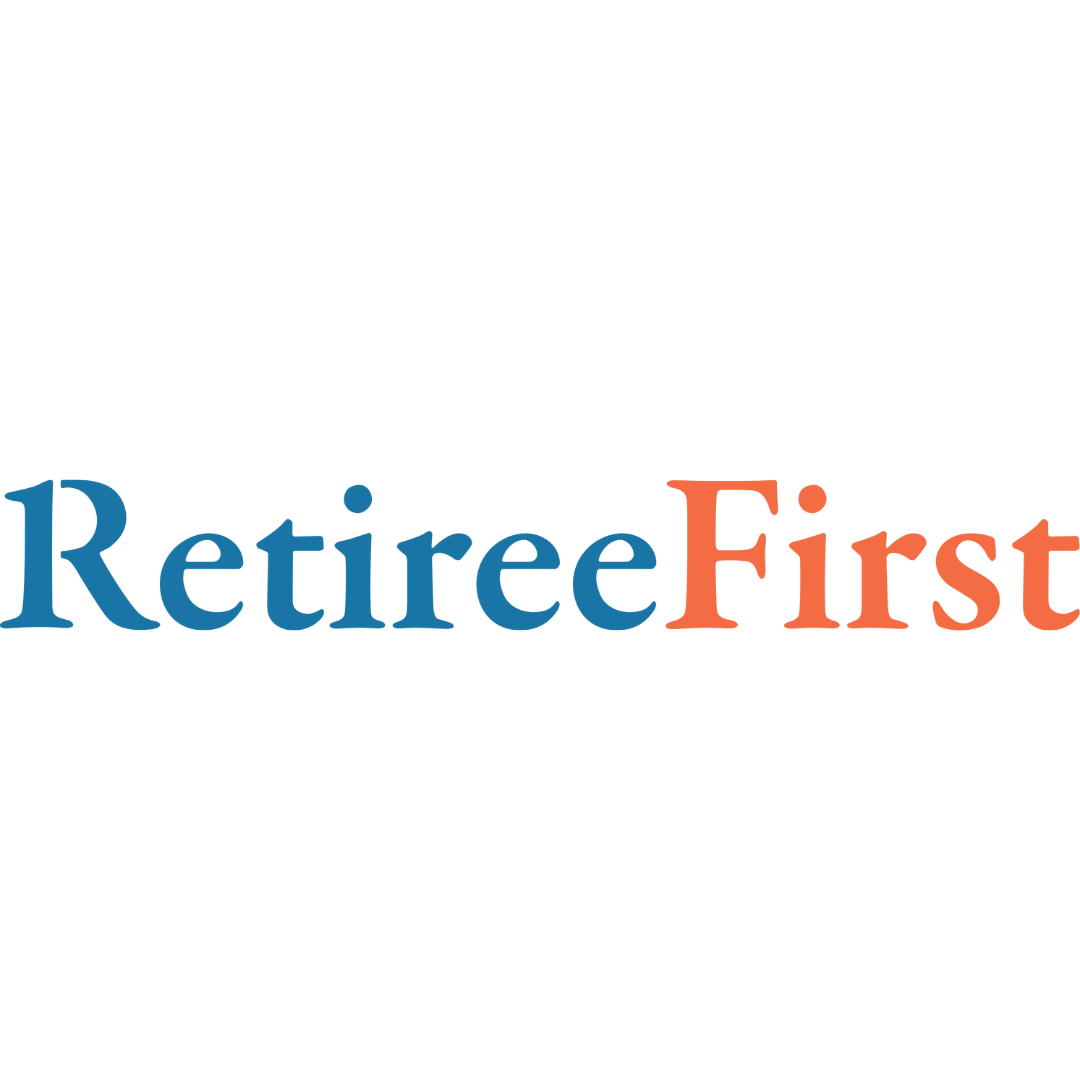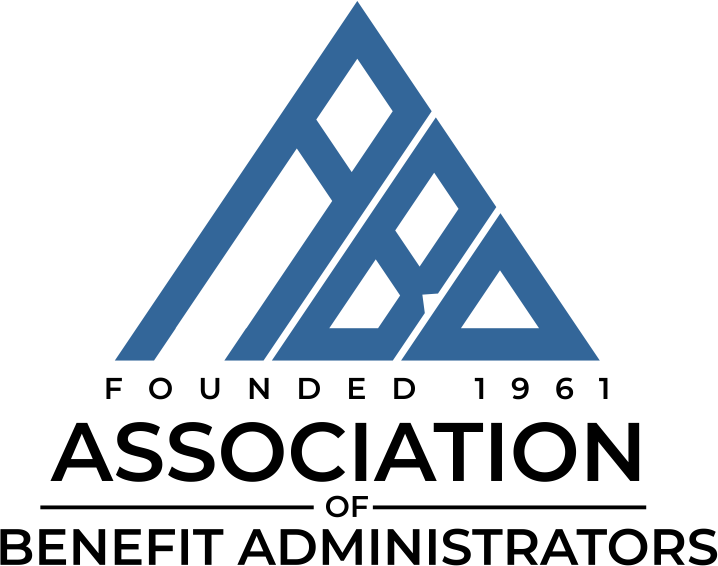Opening the Dialogue: Vendor Communication Can Help Contain Health Care Costs
Self-funded health care plans have finite amounts of money set aside to pay for their members’ health and welfare benefits. These funds rely on vendor-partners to help manage their resources effectively, but all too often, these partners are working in silos. A lack of communication among them leads to missed opportunities and waste.
To produce the best possible financial outcomes for the clients they serve, network providers, third-party administrators (TPAs), stop-loss carriers as well as case management, utilization review and cost-containment vendors must collaborate consistently and take advantage of one another’s expertise. Together, they can ensure that their clients’ money is spent as efficiently as possible.
How Communication Helps
Open communication allows vendors to work toward the best interest of their common client. By sharing data and ideas, vendors can reduce waste.
For example, say a plan member is diagnosed with cancer. That member’s health care team prescribes medicine as part of the treatment. A fund’s TPA may not have a frame of reference to identify whether the cost of the treatment is typical or unusually high. On the other hand, preferred provider organization (PPO) providers and pharmacy benefit managers (PBMs) can provide insight to safeguard against inflated charges, double-billing and other problematic situations. Cost -containment vendors, including those who specialize in bill repricing, pharmacy carve outs, and transplant services can also lend expertise when necessary.
When first-dollar payers and specialty vendors combine their expertise, they’re better prepared to handle out-of-the-ordinary and jumbo claims. After all, it’s not every day that a plan member experiences a catastrophic heart attack or that a member’s baby is admitted to a neonatal intensive care unit (NICU). Claims for these types of health care services and treatments are less frequent than elective surgeries, for instance. However, stop-loss and cost-containment vendors routinely deal with these types of claims and can offer guidance on what is considered standard and necessary.
In one audit, for example, the auditor found 25 pacifiers charged in a single day to a newborn in the NICU. It’s unlikely, to say the least, that a premature baby requires 25 pacifiers in a single day. However, claim examiners who are not trained to look for these anomalies may not recognize these scenarios.
Communication is especially important when it comes to specialty drugs. In 2020, prices for specialty drugs rose more than three times the rate of general inflation, according to an analysis by AARP.[1] When vendors file claims for specialty drugs without understanding the context, the uses and the substitutes, they risk having the claim denied.
For example, in one case, a fund member was diagnosed with breast cancer. The TPA filed a claim with the stop loss vendor for a specialty drug that was not approved for use as a treatment for that diagnosis, and the claim was denied. By communicating openly ahead of time, the fund’s vendors can act as a team to amend or resolve differences with health care providers and with each other before the claim is filed.
Steps Toward Better Communication
Vendors fail to communicate for various reasons. They may not feel that collaboration is necessary, or they may consider data sharing with other vendors to be intrusive. But a more common and unfortunate reason is that they haven’t been instructed to communicate by their clients. Ultimately, it is up to the fund to establish and enforce its expectations among vendors.
To get started, a fund could set a group meeting with its various vendors and make clear what it desires in terms of data sharing and communication. All the vendors serving the health and welfare group should be introduced to each other and given “the rules of the road.” Use this meeting as an opportunity to discover and assess obstacles that might prevent meaningful collaboration.
Addressing and removing those roadblocks begins by understanding what they are. In some cases, vendors are worried about stepping on someone’s toes or second-guessing another vendor’s decisions. These concerns can only be allayed by a reminder from the client that everyone is on the same team.
In other cases, vendors simply don’t know what’s expected of them in terms of information sharing. When it comes to stop loss insurance, this means making sure your carrier has access to case management notes and other detailed information necessary for underwriting and disclosure purposes.
Hold Vendors Accountable
Setting expectations with vendors is the first step, one that must be followed by deliberate action. All parties involved should start on the right foot by meeting at the beginning of each policy year to reestablish connections with each other and prepare for the year ahead.
The initial meeting should be followed by quarterly or semiannual meetings to review the performance of the vendor group. In particular, this is an opportunity to evaluate how well the group manages large cases. If there are spikes or anomalies that require further analysis, the review should determine whether the claims process is Anything that stands out during the group review should be investigated further.
The following reports should be reviewed.
*Trigger diagnosis. Certain diagnoses, such as renal heart failure, cancer and high-risk pregnancies, are known to be high-dollar claims that could benefit from proactive cost-containment strategies.
*Precertification.
*Prescription drugs.
*Utilization review
*Case management notes
*Other standardized data
For example, when a report shows higher utilization of a single pharmacy or a single individual with high-dollar claims, these are signals to delve deeper into the details before the claims are paid.
When vendors work together and share information, they also catch inevitable human errors. In one scenario, a vendor would have paid $1 million for a drug that cost $10,000, after someone in billing mistakenly put the decimal in the wrong place. In this case, the stop loss carrier reviewed the claim, and the examiner recognized that the charge was inappropriate for the specific drug and treatment.
Stop-loss carriers and cost-containment vendors cannot tell a fund how to adjudicate a first-dollar claim. However, they are well-versed in reviewing high-dollar claims. As members of a team that want to help funds spend their money wisely, they can offer ideas and potential measures.
Communication and Stop-Loss Underwriting
Open communication and data sharing allow vendors to share expertise as they administer their clients’ benefits and steward their clients’ funds. In terms of stop-loss insurance, open communication also ensures that the fund receives the best possible underwriting and pricing. It also reduces the risk that a claim is hindered due to disclosure concerns. Comprehensive claims data, specifically, is necessary for insurance providers to offer the best possible underwriting and rates. A lack of claims data can cause delays or even be denied if key information wasn’t previously disclosed to the carrier.
With that in mind, be aware of an emerging trend in which stop-loss claims are no longer included indefinitely on reports as “pending.” It’s not clear what’s behind this trend, but funds do not typically request reports listing “denied” claims, because this information used to appear on “pending” reports. So, funds risk missing important information in the underwriting and disclosure process, as well as a potential large-dollar claim, if they are only reviewing pending and actual claims.
The key to reducing this risk? Communication. When vendors communicate, this type of information has less chance to fall through the cracks.
Choose Vendors That Communicate With You … And Each Other
Health and welfare funds evaluate vendors using many criteria. One criterion should be whether the vendor takes a collaborative approach to stewarding the fund’s resources. The onus is on fund representatives to vet their vendors carefully.
There are obvious signs such as whether vendors under consideration have a good reputation in the industry. During the negotiation stage, funds should ensure they will have full access to their data. They should confirm that vendors will not restrict access to data by citing proprietary system management concerns or charging a fee to provide access. Fund representatives could also ask for sample reports and inquire about their willingness to provide ad hoc reporting. Vendors should be willing to verify the frequency of their reporting, and they should be ready to share success stories.

